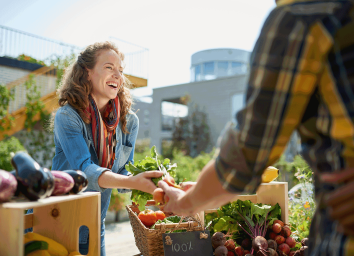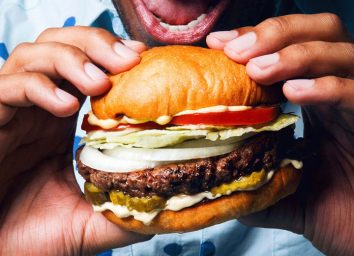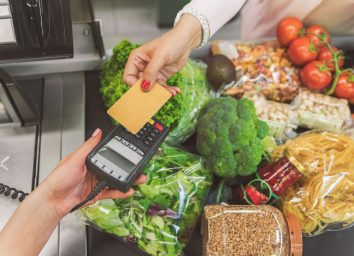15 Ways to Reduce Plastic When Going Out to Eat and Getting Coffee
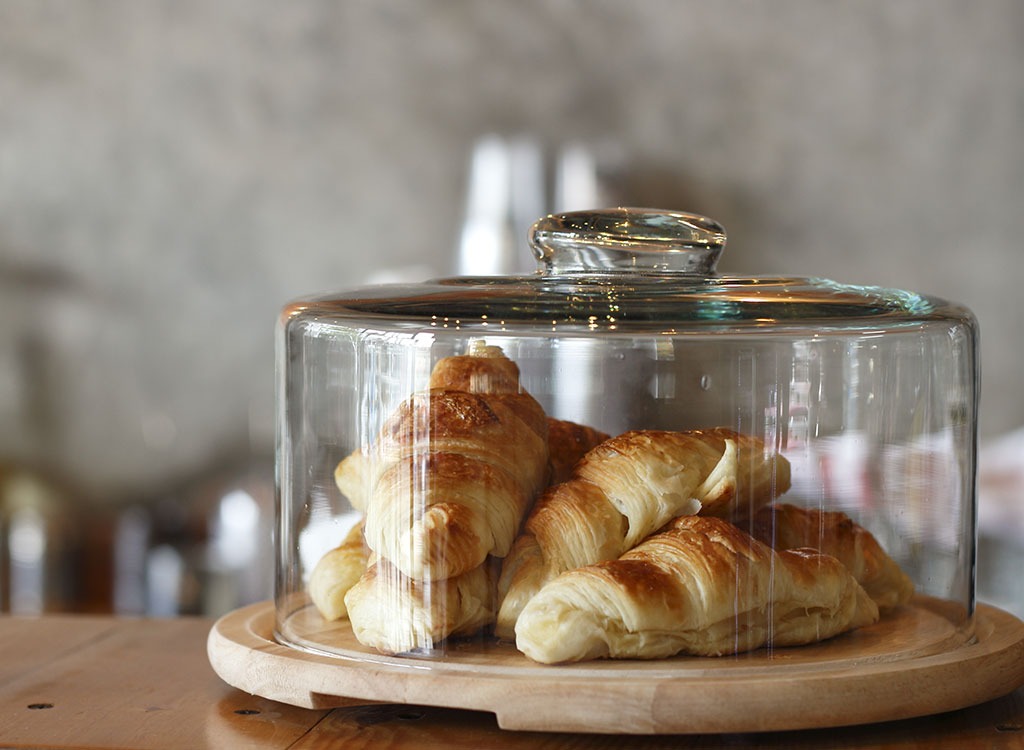
Whether it's made into a shiny bottle of Fiji water or a tidy takeaway box, the benefits of plastic are undeniable. It's cheap, lightweight, and easy to make. But as the world continues to produce more than we are capable of coping with, there's only one conclusion. Simply put—and no offense, Barbie—life in plastic isn't so fantastic. Fortunately, there are some easy ways to reduce your plastic consumption.
Some of the most common culprits in the fight for a plastic-free environment are everyday throwaway objects like plastic drinking bottles, food wrappers, and polyethylene-coated coffee cups. We looked at ways we can reduce single-use (or disposable) plastics while out and about for food at restaurants or frothy drinks at coffee shops.
In observance of Plastic Free July, a movement established by Australia's Plastic Free Foundation to raise global awareness of plastic pollution, we've put together 15 ways to reduce plastic while grabbing a bite to eat and ordering your next single-origin brew. Every little bit makes a difference.
Say no to plastic straws.
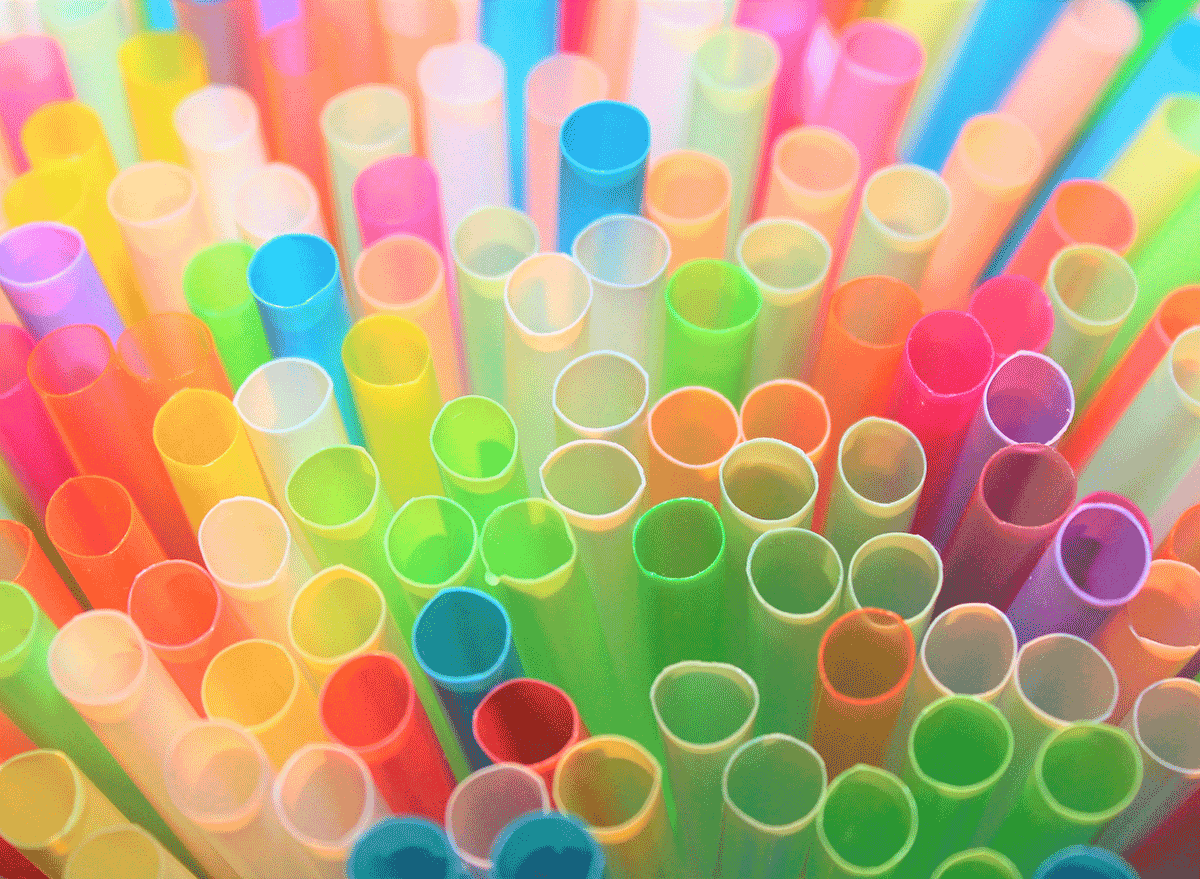
We've said it before, but the first step for able-bodied people to cut plastic from their daily habits is to say no to unnecessary disposables, especially straws. After all, it's still possible to drink most beverages without one.
But for those trickier menu items, such as smoothies or fresh coconuts, bring along a reusable alternative made of stainless steel, glass, or bamboo for your next raspberry-peach swirled smoothie.
We like: YIHONG STAINLESS STEEL STRAWS, SHOP NOW ON AMAZON
Equip yourself with a reusable water bottle.
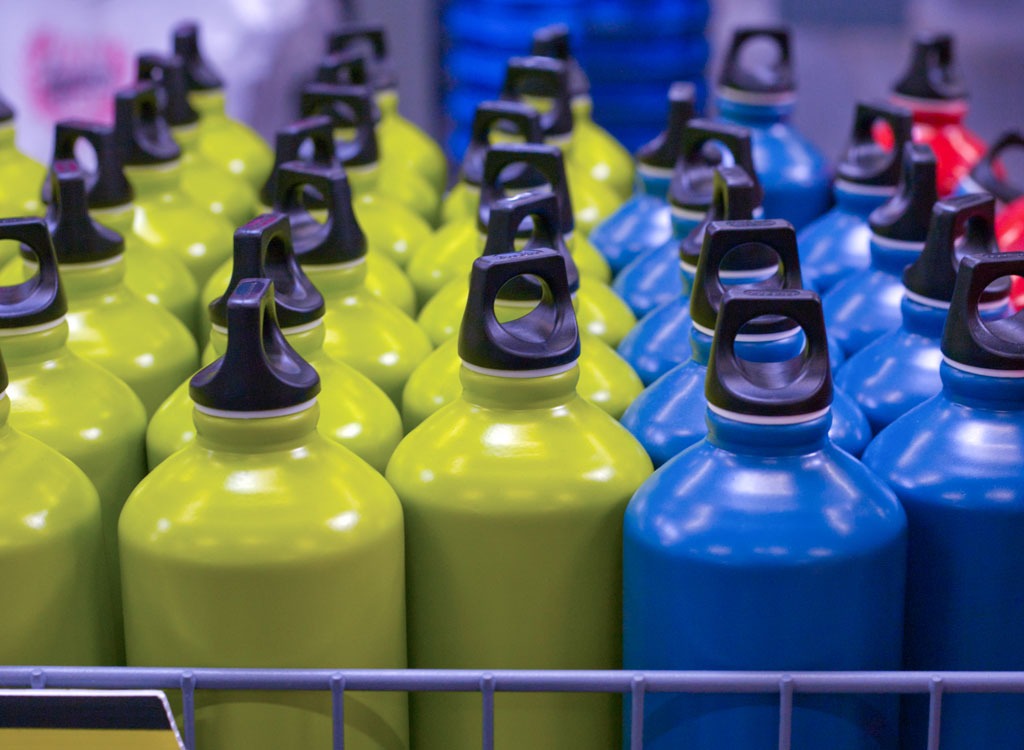
Another essential alternative to single-use plastics is the reusable water bottle. Plastic water bottles are found everywhere from fitness clubs to fast-food and casual restaurants, but reusable bottles are a mainstay in any arsenal against the bouts of dehydration. And the options for this particular swap are endless: There are insulated and stainless steel options, or even a simple re-purposed glass Perrier bottle will do.
We like: PACKAGE FREE WATER BOTTLE, SHOP NOW ON PACKAGE FREE
Bring your own coffee cup.
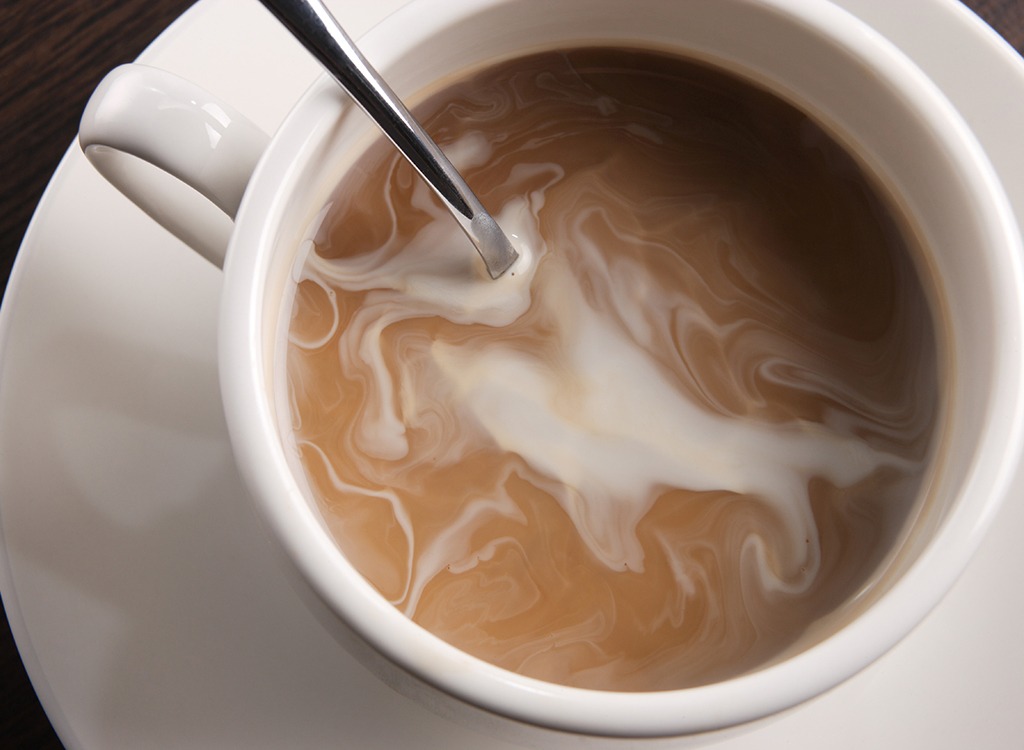
Because of their polyethylene coating, most takeaway coffee cups are not recyclable. The next time you opt for a revitalizing cup of tea or coffee, try taking advantage of the cafe's in-house mugs, or carry your own reusable cup in glass or ceramic.
We like: KEEPCUP REUSABLE COFFEE CUP, SHOP NOW ON AMAZON
Perfect iced coffees with a tumbler-straw combo.
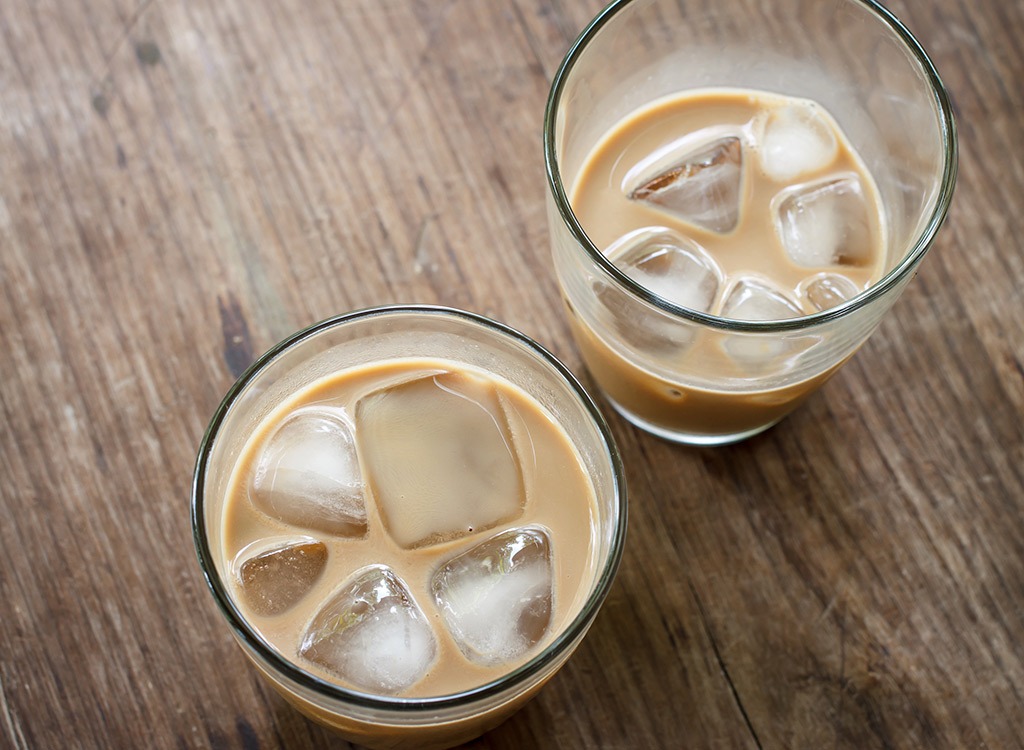
In the summer months, it's tempting to spring for a refreshing iced coffee, tea, or juice. Those drinks normally come in a plastic cup with a straw and lid. However, you can cut out all three disposables from your daily coffee fix by bringing along a simple yet versatile stainless-steel tumbler with a straw.
We like: STAINLESS STEEL TUMBLER WITH STRAW, SHOP NOW ON WILD MINIMALIST
Carry your own utensils.
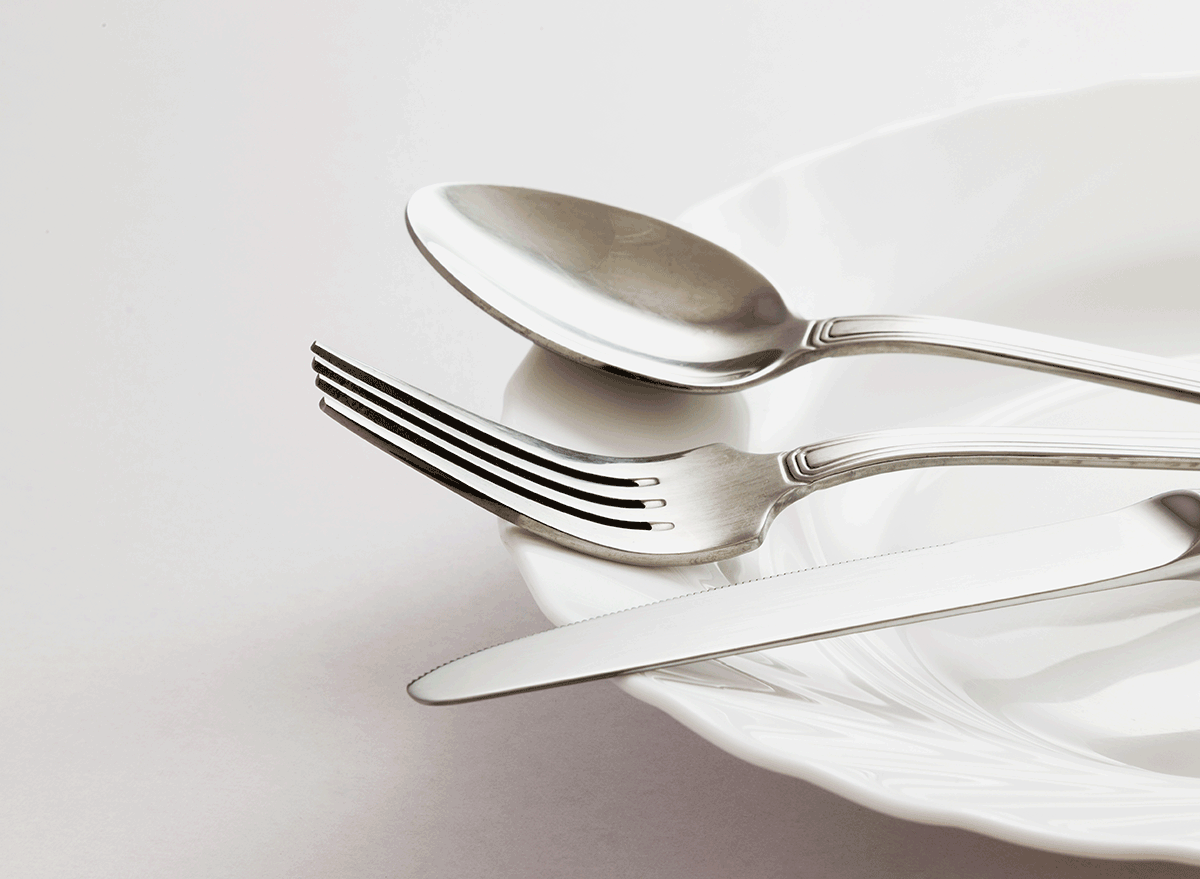
It might sound strange at first, but carrying a personal set of utensils will spare you from the array of disposable forks and knives that fill the world of fast food and takeaway options. Whether they're brought from home or purchased together, your tabletop toolkit can be customized to reflect your gastronomic demands, complete with a reusable fork, spoon, knife and/or chopsticks.
We like: BAMBOO TRAVEL UTENSILS, SHOP NOW ON AMAZON
Takeaway with your own containers.

When dining out, we tend to eat with our eyes first, but at some point, the stomach can only do so much. The best way to prevent the plastic takeaway box in this moment is to pack whatever leftovers are on the plate into your own container for the next time your stomach feels a bit more aligned with your eyes.
We like: STAINLESS STEEL LUNCHBOX, SHOP NOW ON WILD MINIMALIST
BYOB: Bring your own bag.
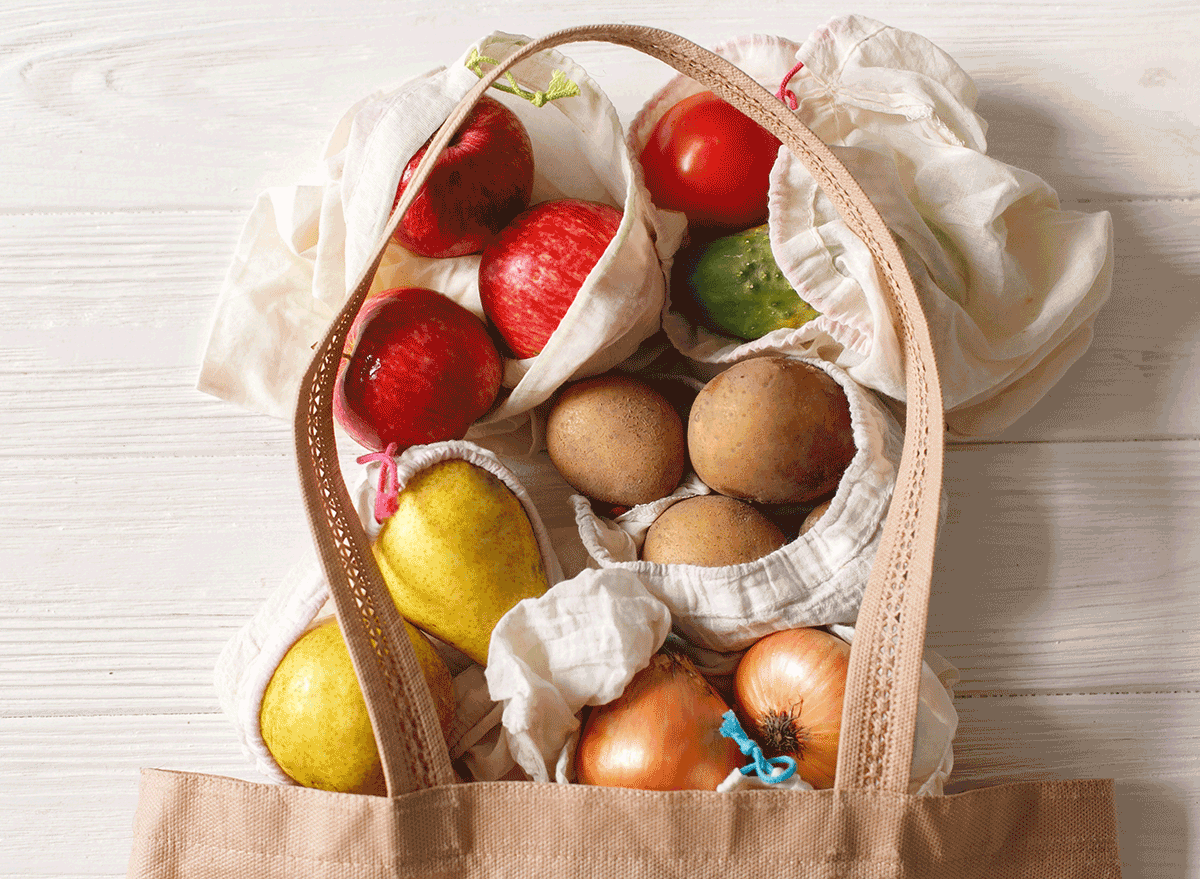
Whether you're running out for a midday bite or spending the afternoon in your favorite cafe, be sure to bring along your reusable bag, just in case. Plastic Free July is all about pre-empting disposables wherever they might be, and nothing pops up more like the plastic bag.
Reusable bags are especially handy in toting the takeaway containers and bottles we mentioned earlier, and they're usually available everywhere. There might even be some in your home already.
Single out the unpackaged goodies.
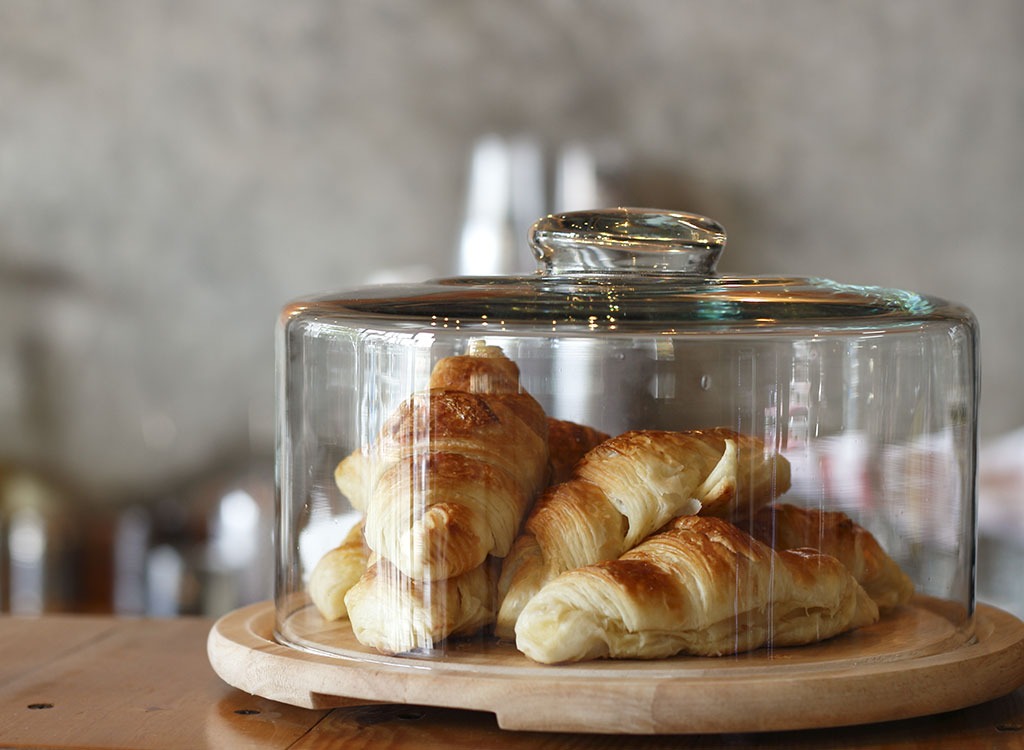
Instead of being swayed by the pre-packaged sweets crowding counter spaces at coffee shops, opt for the package-free treats in the pastry cabinet nearby.
Food wrappers rank as one of the most visible forms of trash found in nature. So by making this simple, conscious decision, you're keeping one less baggie on the shelf and away from prying creatures.
Dine in when you can.
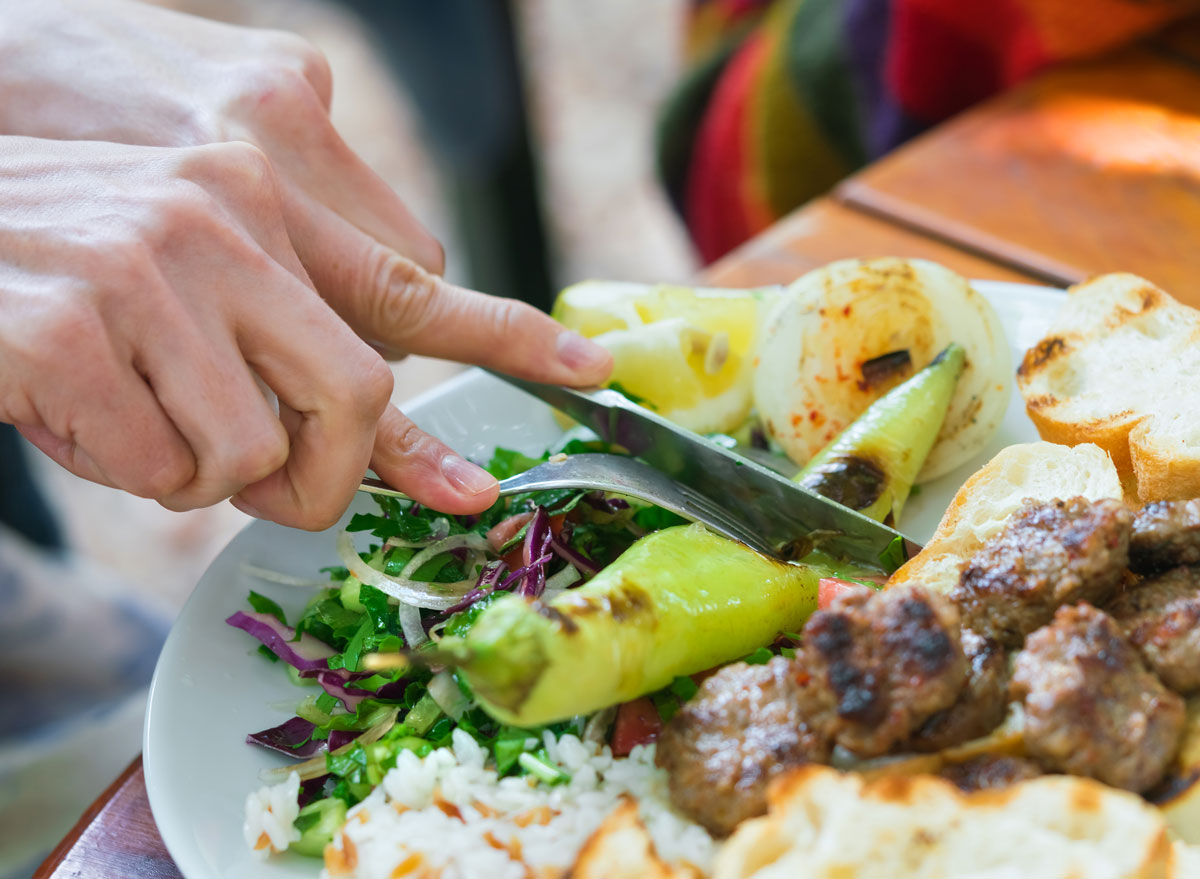
When life gets busy, ordering delivery or taking away will always be the faster option. During Plastic Free July, however, try taking a moment to enjoy a sit-down dinner. With all of the single-use plastics pointed out throughout this list, you'll notice how easily eating-in enables you to thwart disposables by using the cafe or restaurant's own reusable plates, cups, and cutlery.
Choose wine bottles with cork stoppers.
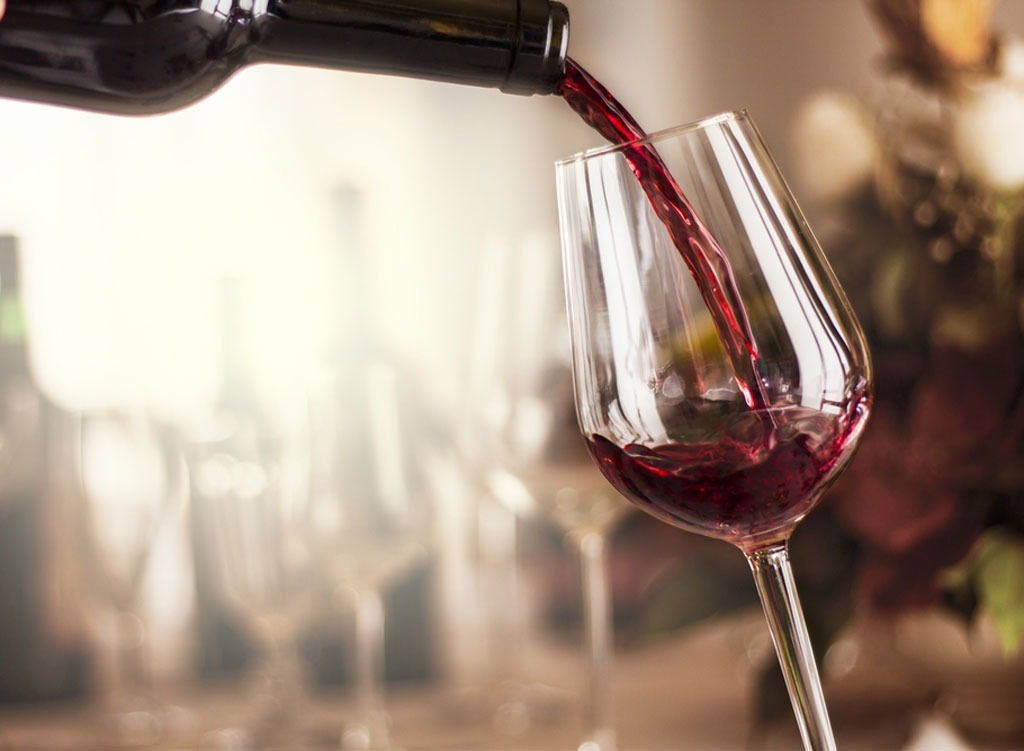
While you're more and more likely to pick up a Margerum rose in an easy-to-recycle aluminum can, it would be a rare sight to see a full-bodied red served in anything plastic. That said, natural cork stoppers have been increasingly replaced by plastic alternatives over the years. When your next hankering for Reisling hits, ask the waiter or sommelier to check the status of the stopper and request a bottle without a plastic stopper.
When ordering in, request no plastic packaging.
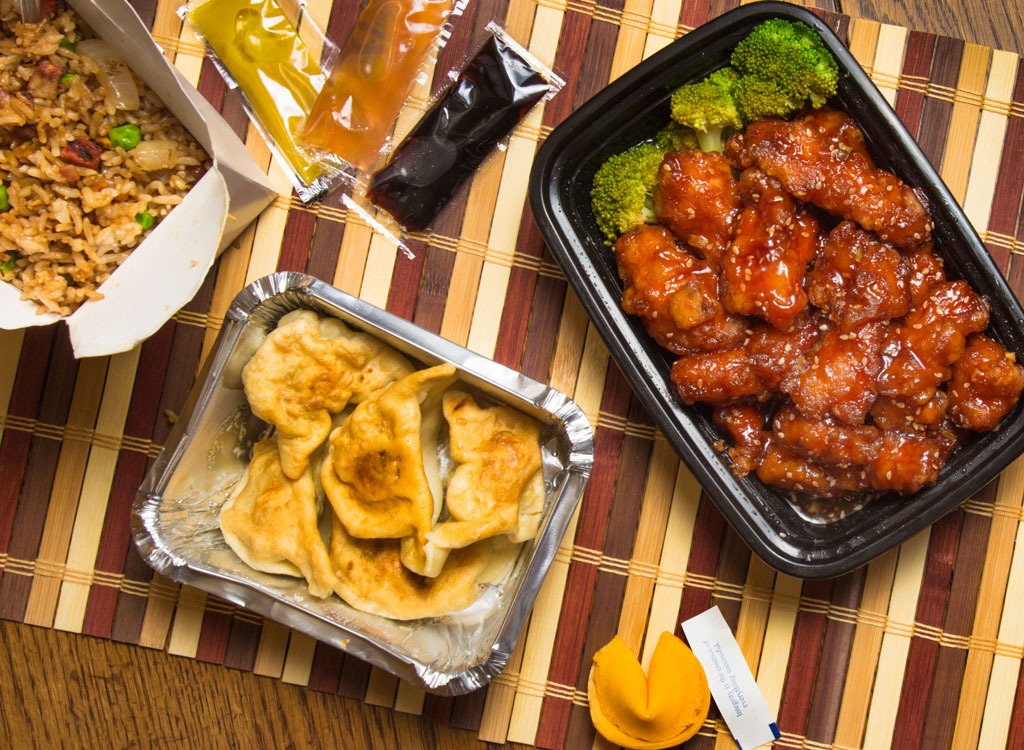
Sometimes ordering delivery is required, whether due to a busy schedule or various life stresses. But there's no reason to burden yourself even more with unnecessary disposables; after all, you're already at home. Use what you have and request little-to-no plastic packaging. If the food arrives and there are single-use items included, don't be afraid to send them back with an explanation on why you're going plastic-free. (Remember, every step counts.)
Cut out sodas and other plastic-bottled beverages.
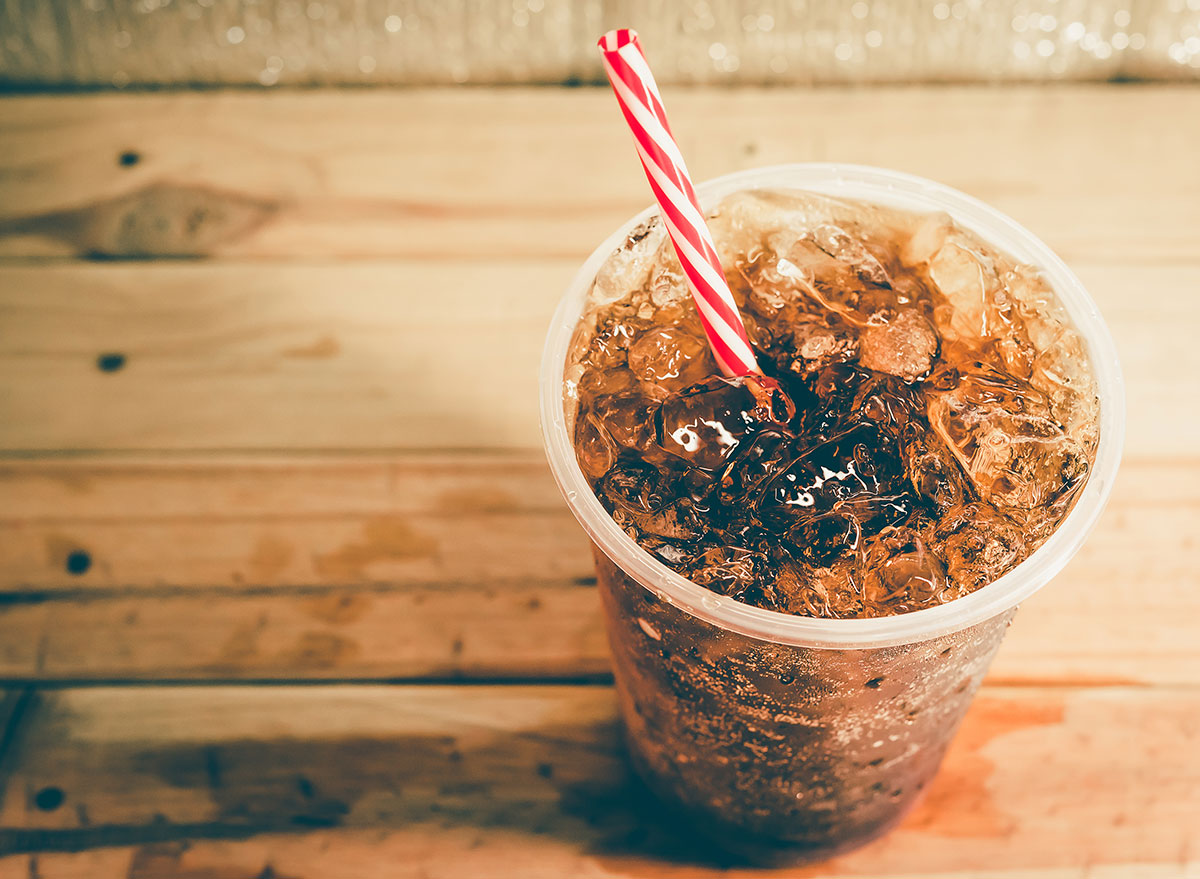
It won't be easy, but during Plastic Free July, try to give up the occasional soda, juice, or other drinks that come in a plastic bottle. The bottle itself will be around for hundreds of years to come, making that temporary caffeine fix a lot more impactful than intended.
When you do find yourself craving a bubbly treat, take your reusable cup to a soda fountain and refill at will. You might even get a discount at times for not taking one of their plastic or styrofoam cups.
Ask yourself: "Paper or plastic?"
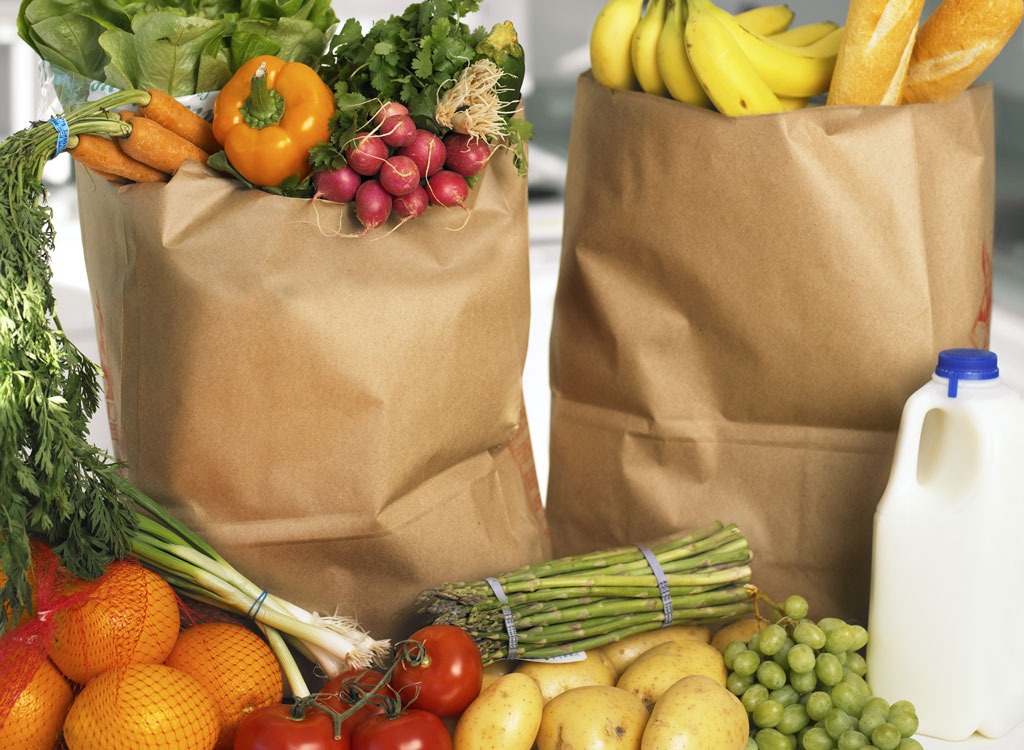
When you're hunting for food on the go and there isn't a package-free option available, ask yourself if there is a better, more sustainable option. (Likely, there will be.) If the choice comes down to paper or plastic, choose paper.
However, if you want something nonessential and it comes wrapped in plastic, ask yourself if there's another way. If you can't find it, remember that paper and aluminum products are often infinitely recyclable, while glass bottles and jars are recyclable and reusable. And you can always say "no."
Take notes and make changes.
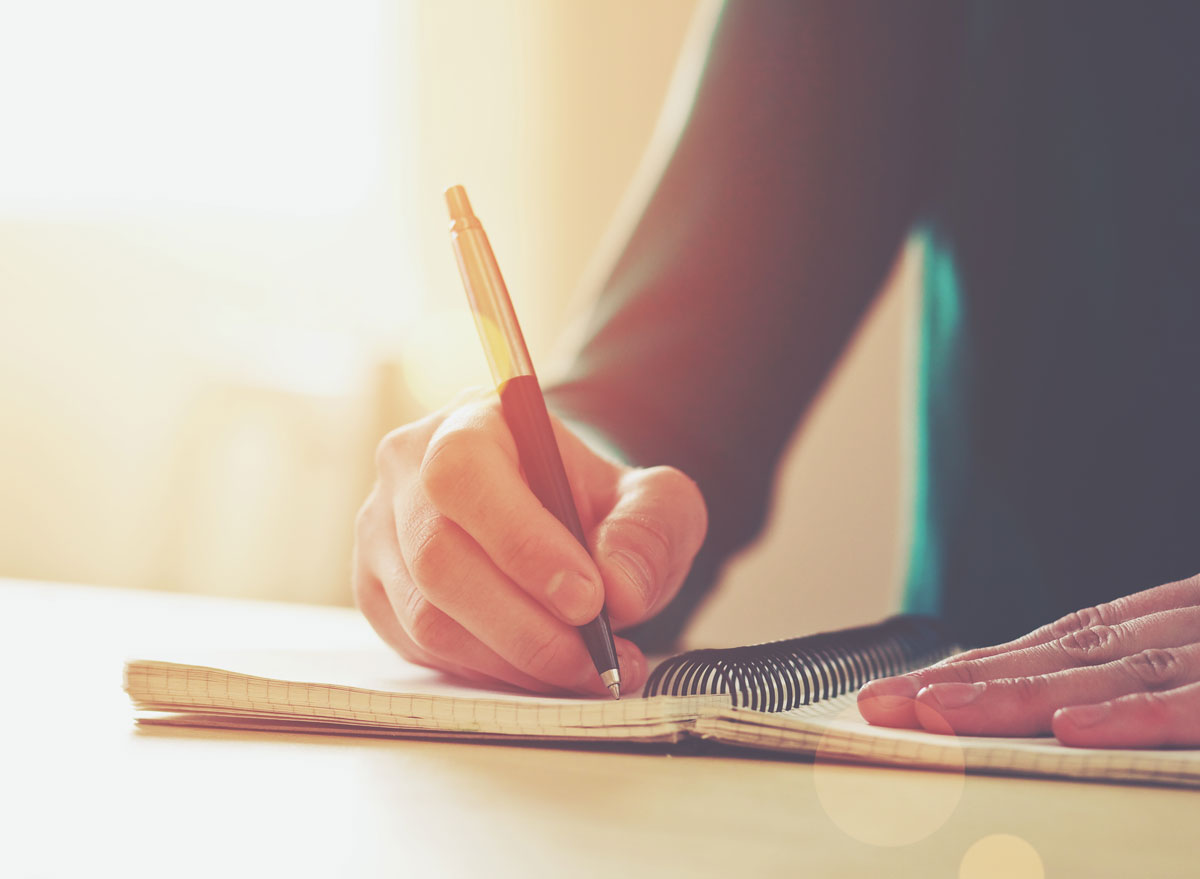
Throughout Plastic Free July, you are bound to experience a lot of ups and downs in the push for plastic-free experiences, especially when it comes to food and coffee. But don't be discouraged! By keeping track of your successes and your failures, you'll soon have a list of the now-favorites restaurants and coffee shops where you can live your best, reusable life.
Treat yourself to an ice cream cone.
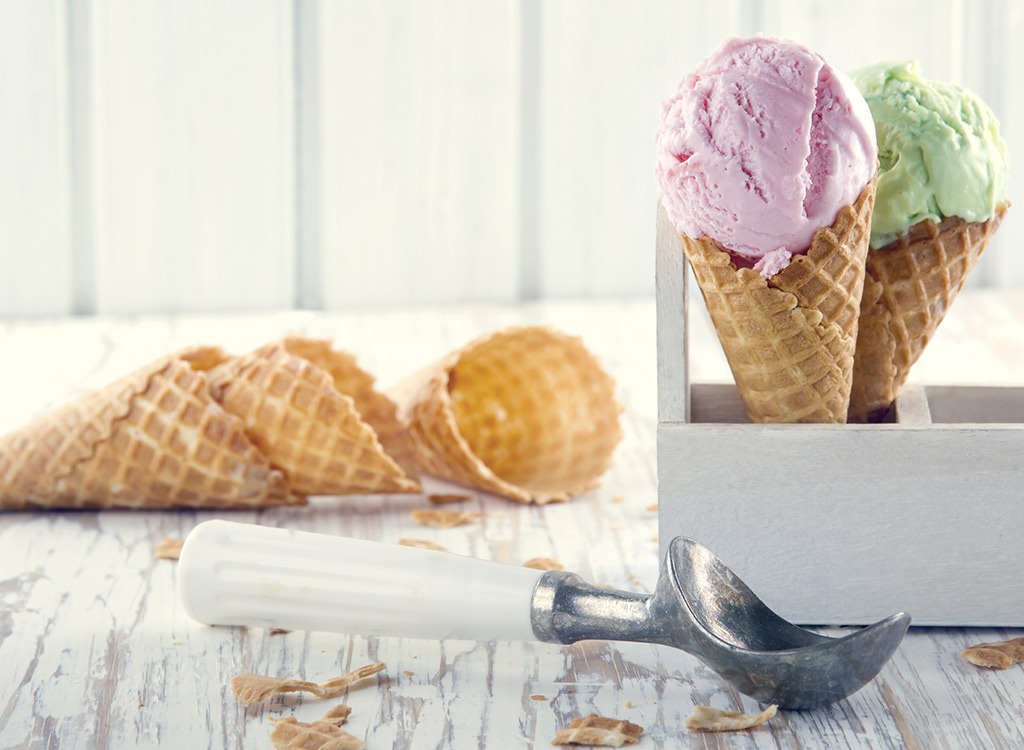
Congratulations! You've made your way to the end of this list; it's now time to celebrate Plastic Free July with a scoop (or two) of ice cream—served in a cone. Like coffee cups, the containers available at most ice cream shops are often lined with a coating of plastic. Instead, opt for zero container or utensil waste by asking for a cone. And if you want to take some home for later, ask for your ice cream to be hand-packed in your own container.
Now that you know a few easy ways to reduce your plastic consumption, Plastic Free July shouldn't seem so daunting. Even simple switches can make a huge difference when it comes to your environmental impact—every step counts.
